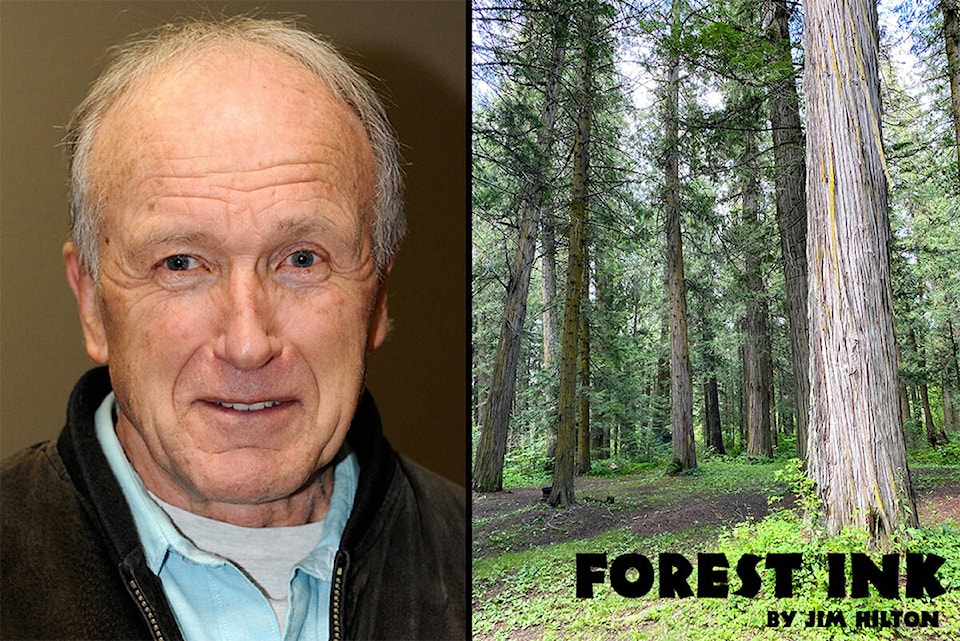By Jim Hilton
FOREST INK
If you want to start the new year on an optimistic note, I suggest the Healing Earth by John Todd, about an ecologist’s journey of innovation and environmental stewardship.
The author has been featured in the Genius issue of Esquire magazine and also as one of twentieth century’s top thirty-five inventors listed in the Lemelson-MIT program.
I was hooked after reading one of his first projects where he cleaned up a toxic lagoon that was polluting the water supplying the small town of Harwich on Cape Cod Massachusetts.
He created a solar aquatic river also called eco machines made up of a series of large photosynthetic tanks filled with a wide variety of plants and small organisms.
The project proved to be a huge success after running the toxic water through the eco machine a few months it had removed 99 per cent of some of the most toxic materials, producing clear clean water from the outlet. The story would make a good movie after it took an ironic twist when the Massachusetts department of environmental protection decided to fine Dr. Todd thousands of dollars for his work because he did not have the proper credentials, PE (professional engineer).
Fortunately the administration of the United States Environmental Protection Agency (EPA) reviewed the project, declared it bona fide and awarded the author the Chico Mendes memorial award which helped in the dropping of the lawsuit.
A similar but more detailed and longterm process was used to restore an important river in South Africa. One of the major problems was the wet season runoff creating open sewage in the streets which lead to the design of collector filters , micro wetlands and tree hole collectors which started to filter the waste water and add photosynthetic systems to the community. Some shade trees, edible fruits and phototropic soil makers were added features to the cleaner water from the system.
The colour photos and diagrams by Matt Beam are most helpful in explaining how the eco designed systems work and what future developments are going to work in the longterm. For example the ecological pipeline, artificial kelp forest and eco-machine restorer are future designs for specific problem solving.
Inventor Todd also deals with marine environments starting with chapter 8 lessons from the sea, centred on eelgrass and the associated organisms like scallops, sea horses and stickle back fish.
Another ambitious project is using ecosystems to clean up after oil spills or oil contaminated soils. To date most of the experiments have been on small bays or resort areas and while the initial impact of eco machines has been promising ongoing funding has not been as it was first anticipated.
The author closes with an example from the Appalachian mountains where a million acres of sterile land has been created after taking the tops of mountains and filling the adjacent valleys during coal mining in the area.
After trying a number of grasses the Atlantic Coastal panic grass and switch grass did the best at establishment. As well as a soil former, the grass can be used for animal feed along with fuel for a biochar plant which by year 16 would contribute to agroforestry, an eco-park, conservation forest, aquaculture and biofuels for a sustainable community.
READ MORE: FOREST INK: Some books that might improve your new year
Don’t miss out on reading the latest local, provincial and national news offered at the Williams LakeTribune. Sign up for our free newsletter here.
